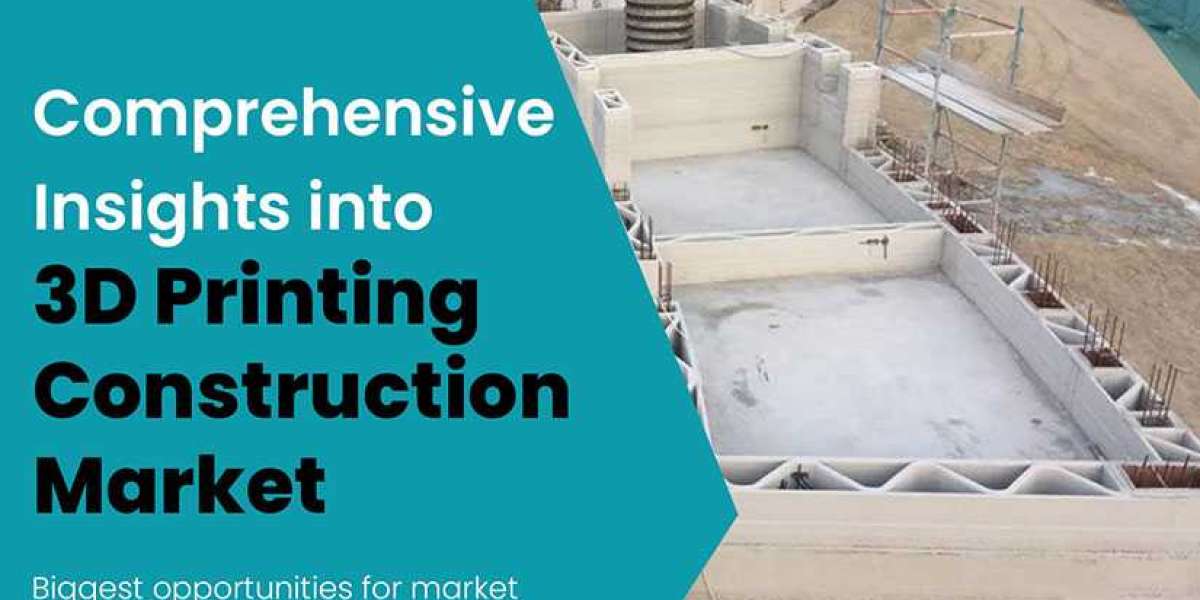The Advancing Sustainable Materials Management: 2018 report released by the U.S. Environmental Protection Agency (EPA) reveals that the construction sector of the U.S. generated 600 million tons of construction and demolition (CD) debris in 2018. Likewise, the Center for Science and Environment (CSE) estimates that building repair in India produces 40–50 kg of CD waste per square meter. The CSE also states that the country generates 150 million tons of CD waste each year.
The surging need to reduce CD debris, owing to the mounting environmental concerns, will, therefore, help the 3D printing construction market flourish between 2021 and 2030. According to PS Intelligence, the market generated a revenue of $15 million in 2020. Construction companies are shifting from traditional construction methods and materials to 3D printing construction methods and materials to minimize wastage as 3D printers use materials that are lighter than conventional building materials.
Additionally, the mounting investments being made in renewable energy infrastructure will also steer construction companies toward 3D printing construction technology. For example, the Government of India approved the construction of 60 solar cities and made an investment of $1.3 billion in 50 solar parks in 2020. Similarly, the Government of Canada invested $1.67 million in Power. House Hybrid: Minimizing Greenhouse Gases (GHGs) and Minimizing Grid Benefits project in 2019 and $4.3 million in Slemon Park Microgrid Project of the country in 2020.
The building and infrastructure sectors use extrusion and power bonding 3D printing construction methods to create safe and sustainable structures. In the coming years, end users will primarily opt for the extrusion method due to the massive need for concrete in construction activities. The extrusion method is majorly used for on-site construction applications, and it enables the use of conventional construction methods, such as clay, concrete, cement, geopolymers, and plaster. With the soaring focus of end users on high-performance and complex designs, the usage of these technologies will rise exponentially.
Nowadays, companies offering 3D printing construction materials are expanding their presence in developing countries to cater to the needs of the building and infrastructure sectors. For instance, in November 2019, Larsen Toubro Limited constructed the first 3D-printed two-story building in its Kanchipuram facility near Chennai, India. This building has a floor space of 65 square meter and is made of a locally-sourced 3D-printable concrete mix developed by the firm. Other 3D printing construction material manufacturers entering into emerging economies include Yingchuang Building Technique (Shanghai) Co. Ltd., Contour Crafting, and Cybe construction.
Globally, the Asia-Pacific region dominated the 3D printing construction market in the last few years due to the presence of numerous construction firms in regional countries. Additionally, the increasing number of commercial, industrial, and residential buildings using sustainable methods and the rising focus of the building and infrastructure sectors on research and development (RD) activities will accelerate the adoption of 3D-printable construction materials in the region. Among APAC countries, Japan and China are the dominant users of 3D printing technology in construction activities.
Thus, the increasing need to reduce CD waste to mitigate environmental degradation and soaring investments being made in renewable energy infrastructure will propel the use of 3D printing construction materials and methods in the forthcoming years.







